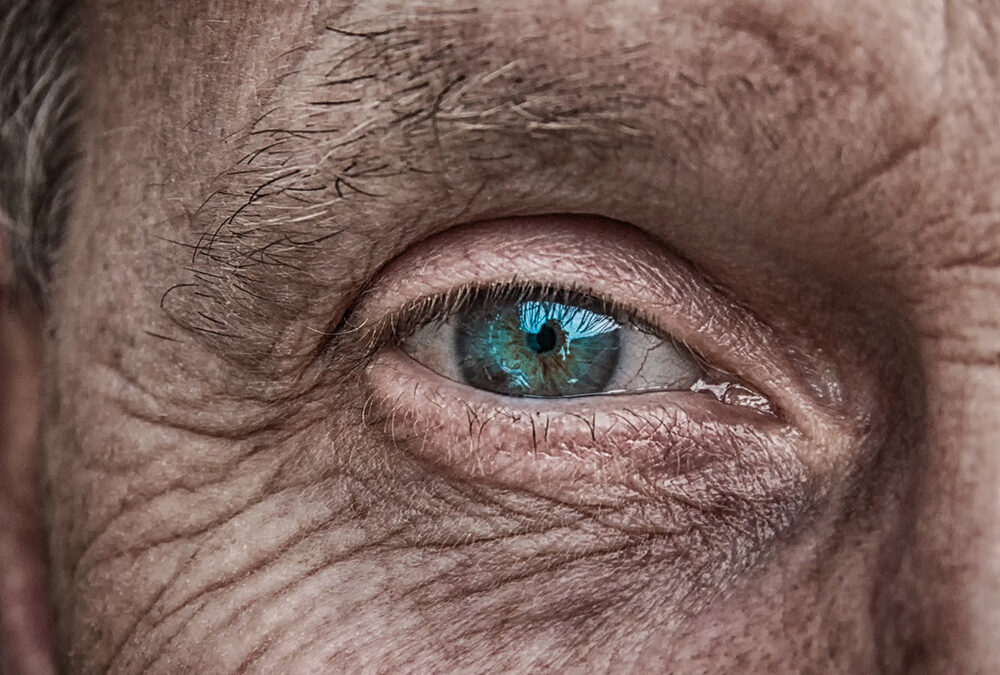Glaucoma Awareness Month
January is Glaucoma Awareness Month. This month we will be featuring information about understanding the disease.
Early on in the disease’s progression, glaucoma typically shows no symptoms. Blindness may result from glaucoma if treatment is not received. The good news is that you can protect your vision with routine eye exams, early detection, and treatment.
If you’ve been told you have glaucoma or suspect you may have it, you undoubtedly have a lot of questions and concerns. Long-term eye conditions can be difficult to manage, but you have it better than many people who are unaware they have glaucoma. You now have the ability to understand how to manage your glaucoma and lead a regular life while maintaining your vision.
Understanding Glaucoma
The sclera is a tough white layer that covers most of the outer surface of the eye. The sclera is covered in a clear, thin layer known as the conjunctiva. The cornea, a transparent layer that resembles a window at the front of the eye, shields the iris and pupil from harm.
The colored portion of the eye that contracts and expands to allow light into the eye is called the iris, and it is a muscle. Light enters the eye through a hole in the iris called the pupil, which is shielded by the transparent cornea.
This light is focused onto the retina—the back of the eye—by the lens within our eye. The retina’s nerve cells and fibers transform light images into electrical signals, which are then transmitted to the brain via the optic nerve. The region on the retina known as the optic disc is where all of the nerve fibers converge to form the optic nerve, which emerges from the eye and travels to the brain.
Maintaining Good Eye Health
The ciliary body produces the clear fluid known as aqueous humor, which fills the anterior segment of the eye. The pupil allows the fluid to exit. After that, it enters the drainage system of the eye, which consists of a network of canals and the trabecular meshwork.
Intraocular pressure, or “IOP,” is the internal pressure of the eye that results from the equilibrium between fluid production and drainage from the eye. Proper production of the appropriate amount of fluid is indicative of a functioning fluid system in your eye. Likewise, fluid can freely drain out of your eye to prevent pressure buildup if your drainage system is functioning properly. Appropriate drainage is an ongoing, dynamic process essential to maintaining normal eye pressure and eye health.
Join us back here next week for more information about how Glaucoma and Glaucoma Awareness month.
For more helpful eye care and vision care tips, please visit our main blog page.
Source: Glaucoma.org

